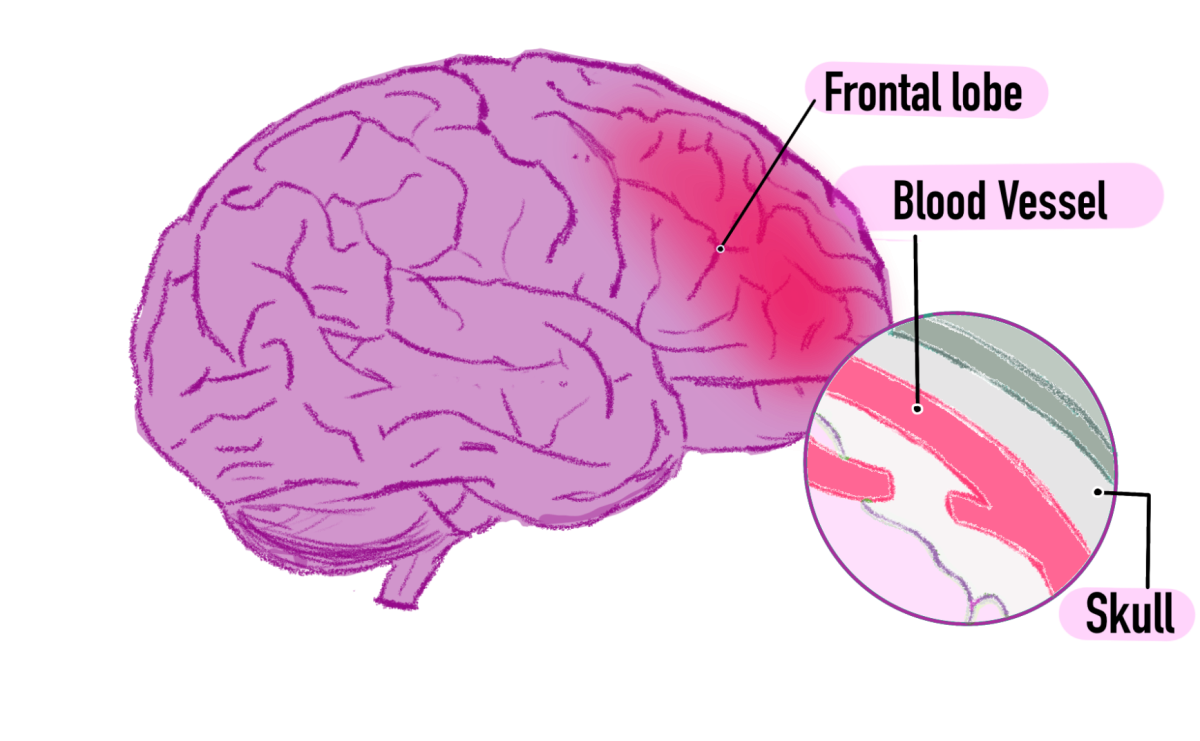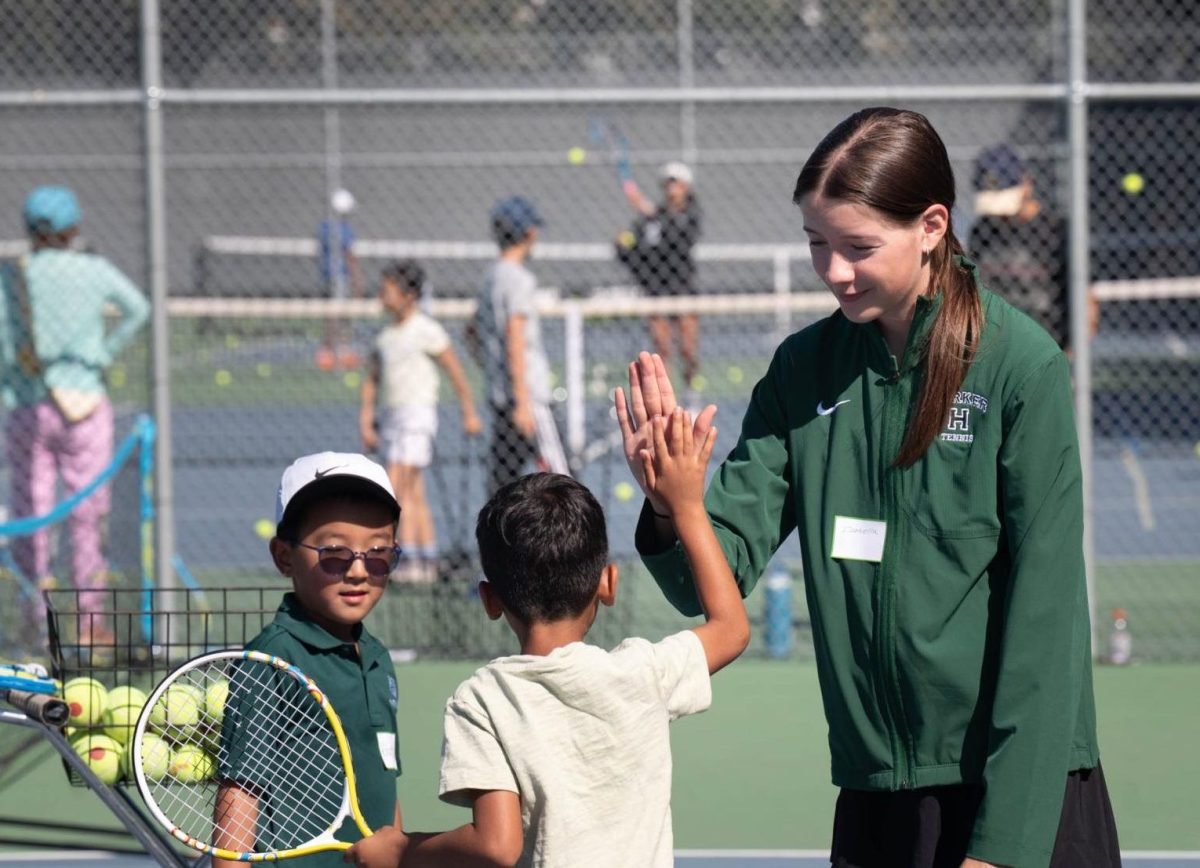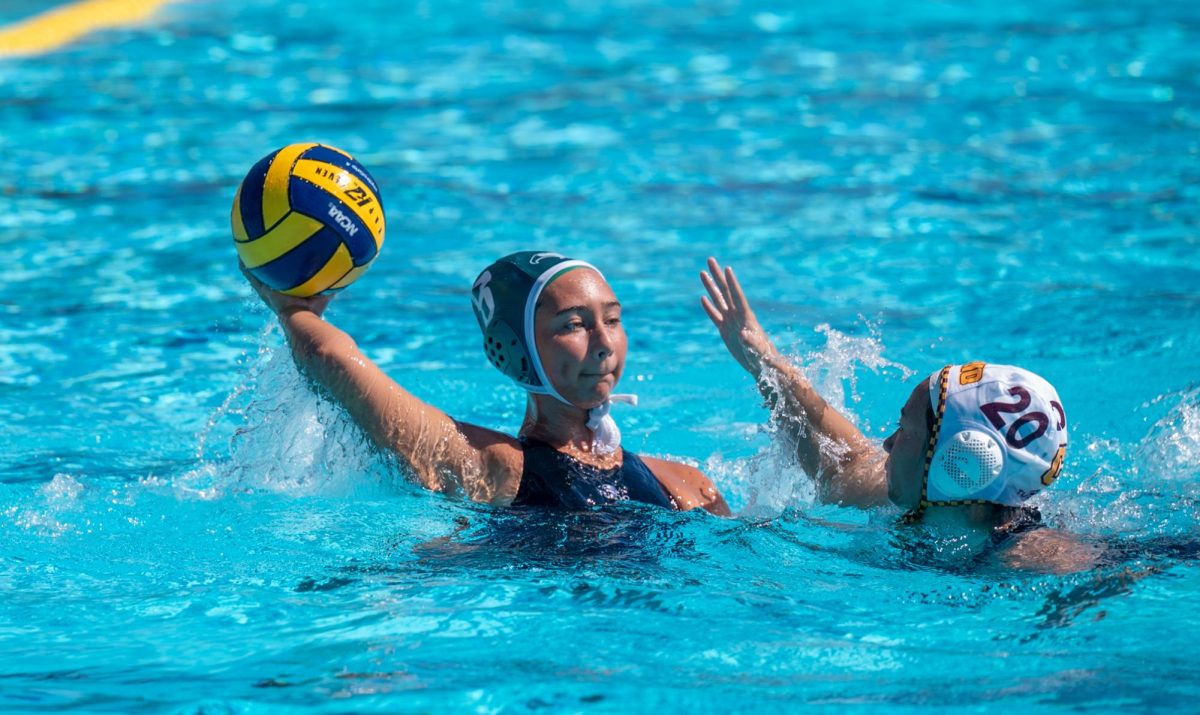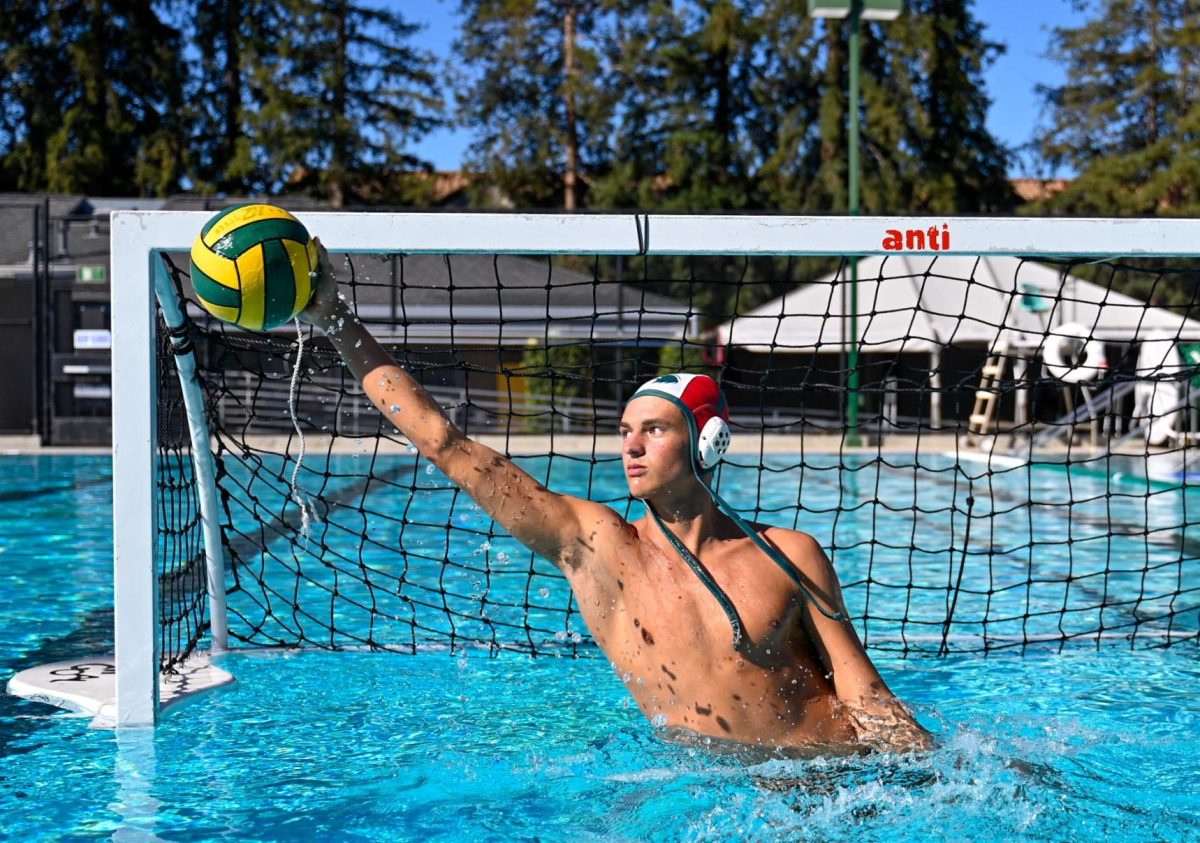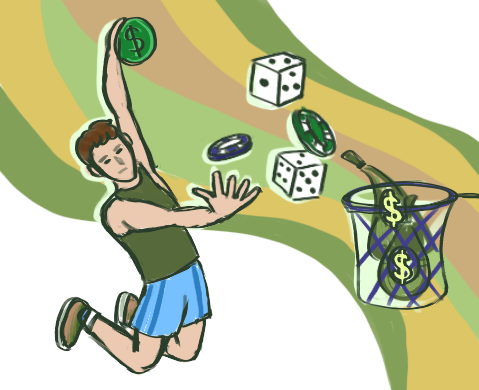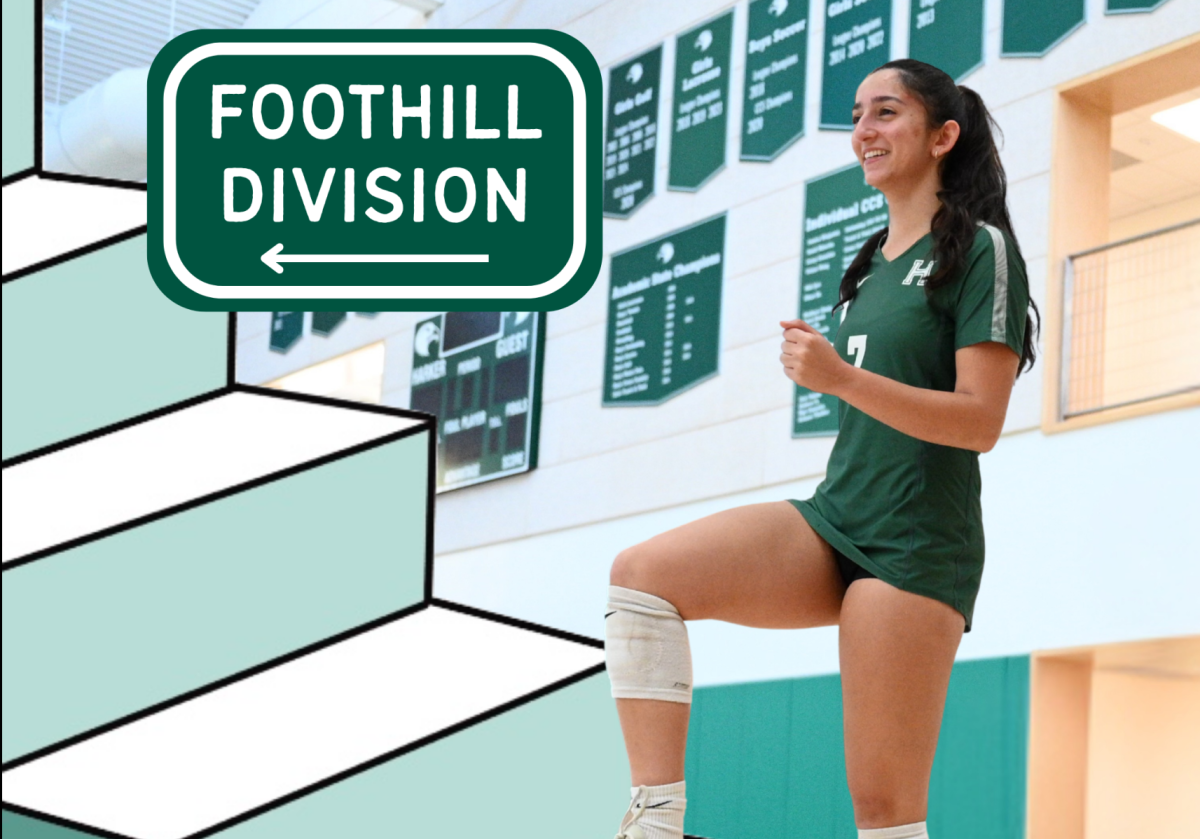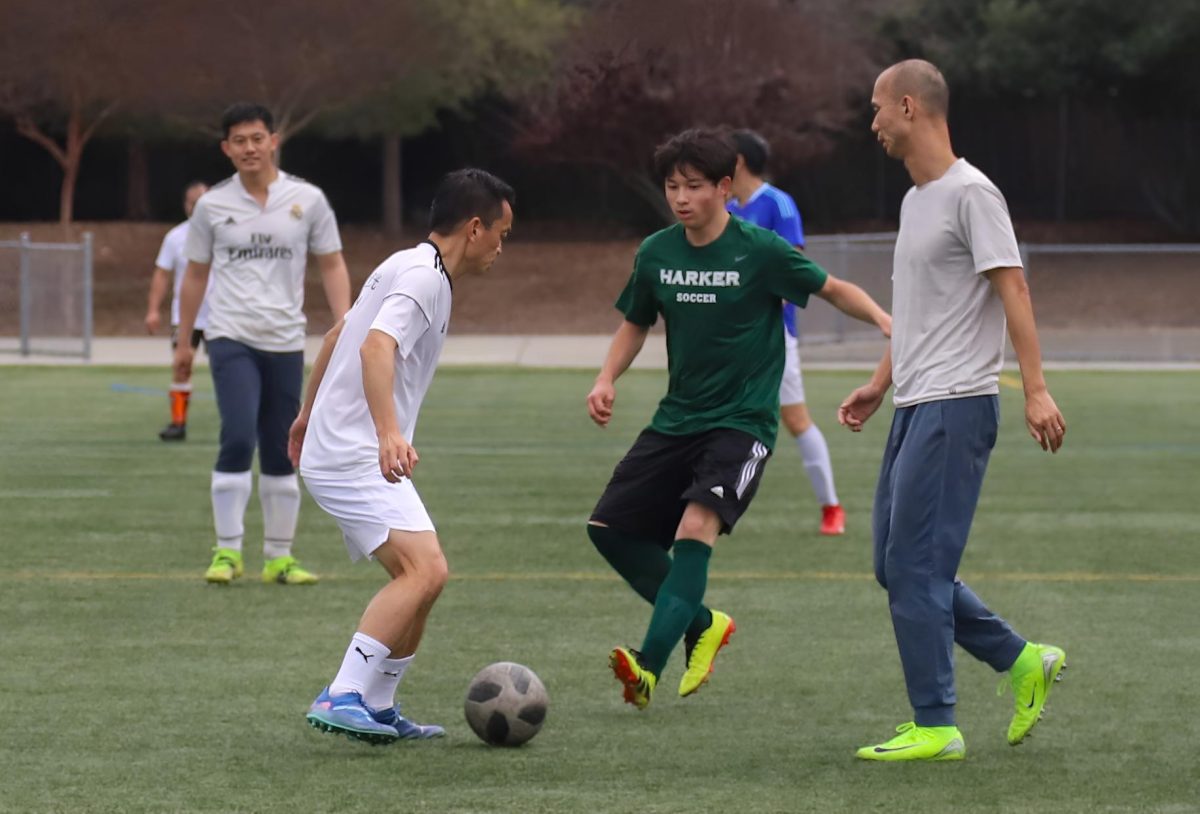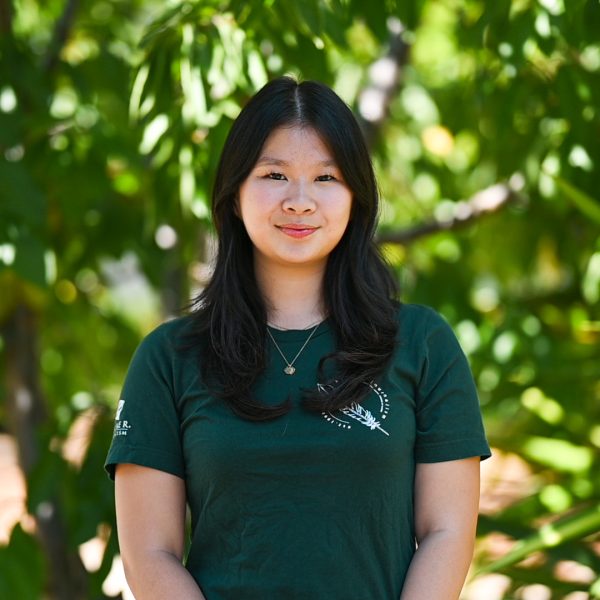Every year, 11.9% of U.S. high school athletes suffer from concussions. Similarly, multiple Harker athletes sustain concussions every year. Many are aware of the pain that concussions cause on the court, but the arduous process of concussion recovery behind the scenes is less known. Apart from the initial pain of the hit, symptoms of a concussion vary and have the potential to heavily affect day-to-day cognitive function, emotional wellness and physical health.
Concussion protocol at Harker requires efficient collaboration between athletic trainer Wes Howard, counselors, nurse Jennifer Olson, the student and their teachers. The first step of this process involves spotting the concussion. Howard explains the process of identifying a concussion and the following steps.
“You notice that there was a big hit, depending on what sport it is,” Howard said. “The student may exhibit some impairment of some sort, whether it’s visually or stance or gait, and at that point, I would remove the athlete from the game or practice and go over a SCAT-5, evaluation.”
The SCAT-5 evaluation involves tests that evaluate the athlete’s displayed physical symptoms, memory, and concentration to compare it with those of a concussion.
The most common symptoms for concussions include headaches, dizziness, nausea, vomiting, general fatigue and sensitivity to light or sound. Olson describes the common symptom of “feeling off.”
“Most people would say they don’t feel right, that they just don’t quite feel themselves,” Olson said. “Inability to focus and concentrate usually comes a little bit later, once they’re trying to resume homework or coming back to school.”

Alicia Yan (10) suffered a concussion near the end of her Harker frosh basketball season and recalls her experience and symptoms. After consulting Olson, she stayed at home for two days after her concussion to help ease her fatigue and quicken her recovery.
“Personally, the hardest part was trying to get out of bed each morning because I always felt tired,” Alicia said. “I had to force myself to wake up and find motivation to do the simplest things. Oftentimes, I woke up at 12 o’clock every day and then slept really early; it definitely made it harder to transition back to normal life.”
Alicia’s first week back consisted of daily check-ins with Olson, in which they recorded her symptoms and also checked in regarding her academics. One of the most common pieces of advice given to concussed athletes is to stay off screens and to let their brain rest.
As a result, it is easy for students to fall behind on schoolwork. Missing class also makes catching up even more difficult due to the loss of the information covered during class. Counselor Rosalyn Schreiman describes the anxiety that arises due to work piling up and details how it can even worsen recovery.
“As people are staying in that heightened state of anxiety, it’s taking them longer to recover from the concussion,” Schreiman said. “So we’ve worked really hard with our teachers to educate them about all these factors of concussions and are really encouraging teachers to take things away.”
On top of the academic workload, the inability to participate in the sport often contributes to the athlete missing the sport and their teammates. Girls varsity basketball player Isha Kotalwar (12) suffered a concussion due to a hard crash with an opposing player and had to sit out of practices and games for two weeks.
“Personally, the worst part was not being able to play basketball,” Isha said. “I got to watch some of the practices, but I just felt like jumping in. I also really wanted to join my team during the games I had to watch from the side,” Isha said.
Fortunately, concussions have become less common, with the percentage of concussed athletes decreasing by over three percent since 2017. But playing contact sports still poses the risk of suffering concussions, and Olson has seen concussions in every sport and shares her biggest tip to people suffering through concussions.
“The biggest thing is initial rest,” Olson said. “It’s really just giving your brain the time to rest and not feel and not work harder so that you can recover. If you take the time initially to rest and take a break from school to let the brain rest as much as possible, your road to recovery will be easier.”


















![“[Building nerf blasters] became this outlet of creativity for me that hasn't been matched by anything else. The process [of] making a build complete to your desire is such a painstakingly difficult process, but I've had to learn from [the skills needed from] soldering to proper painting. There's so many different options for everything, if you think about it, it exists. The best part is [that] if it doesn't exist, you can build it yourself," Ishaan Parate said.](https://harkeraquila.com/wp-content/uploads/2022/08/DSC_8149-900x604.jpg)




![“When I came into high school, I was ready to be a follower. But DECA was a game changer for me. It helped me overcome my fear of public speaking, and it's played such a major role in who I've become today. To be able to successfully lead a chapter of 150 students, an officer team and be one of the upperclassmen I once really admired is something I'm [really] proud of,” Anvitha Tummala ('21) said.](https://harkeraquila.com/wp-content/uploads/2021/07/Screen-Shot-2021-07-25-at-9.50.05-AM-900x594.png)







![“I think getting up in the morning and having a sense of purpose [is exciting]. I think without a certain amount of drive, life is kind of obsolete and mundane, and I think having that every single day is what makes each day unique and kind of makes life exciting,” Neymika Jain (12) said.](https://harkeraquila.com/wp-content/uploads/2017/06/Screen-Shot-2017-06-03-at-4.54.16-PM.png)








![“My slogan is ‘slow feet, don’t eat, and I’m hungry.’ You need to run fast to get where you are–you aren't going to get those championships if you aren't fast,” Angel Cervantes (12) said. “I want to do well in school on my tests and in track and win championships for my team. I live by that, [and] I can do that anywhere: in the classroom or on the field.”](https://harkeraquila.com/wp-content/uploads/2018/06/DSC5146-900x601.jpg)
![“[Volleyball has] taught me how to fall correctly, and another thing it taught is that you don’t have to be the best at something to be good at it. If you just hit the ball in a smart way, then it still scores points and you’re good at it. You could be a background player and still make a much bigger impact on the team than you would think,” Anya Gert (’20) said.](https://harkeraquila.com/wp-content/uploads/2020/06/AnnaGert_JinTuan_HoHPhotoEdited-600x900.jpeg)

![“I'm not nearly there yet, but [my confidence has] definitely been getting better since I was pretty shy and timid coming into Harker my freshman year. I know that there's a lot of people that are really confident in what they do, and I really admire them. Everyone's so driven and that has really pushed me to kind of try to find my own place in high school and be more confident,” Alyssa Huang (’20) said.](https://harkeraquila.com/wp-content/uploads/2020/06/AlyssaHuang_EmilyChen_HoHPhoto-900x749.jpeg)



